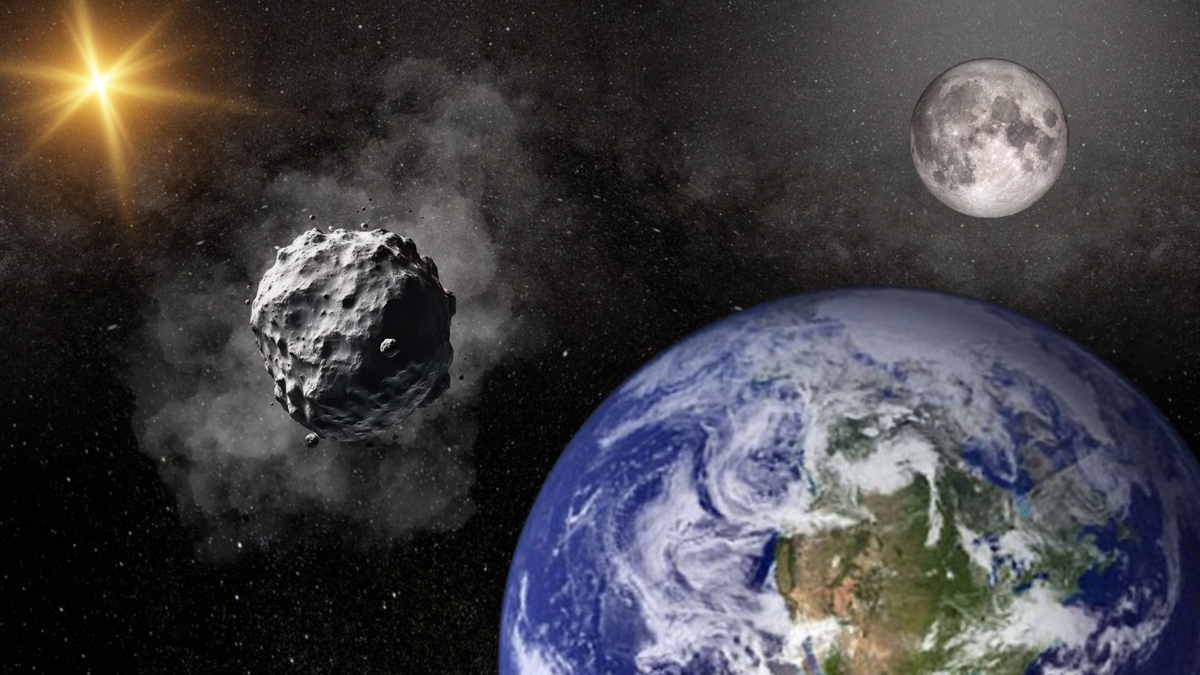Imagine looking up at the sky and knowing that, for a short time, Earth has a second moon! Well, sort of. Recently, a small asteroid named 2024 PT5 has been caught by Earth’s gravity, becoming a temporary companion. This mini-moon arrived on September 29, 2024, and though it’s nowhere near as bright or as big as our regular moon, it’s still a cool celestial event!
What Is This Mini-moon?
Asteroid 2024 PT5 is a tiny space rock, about 33 feet (10 meters) wide. To give you a better idea, that’s about the size of a school bus! Unlike the moon, which has orbited Earth for billions of years, this mini-moon is just passing by. It was captured by Earth’s gravity when it came too close during its journey around the Sun.
But here’s the catch: it’s not sticking around for long. The asteroid will stay in Earth’s orbit for just about two months, until November 25, 2024. After that, it will break free from Earth’s pull and continue on its path through the solar system.
Why Can’t We See It?
You might be wondering if you can spot this mini-moon in the sky. Unfortunately, no. Even though it’s technically a moon, it’s far too small and dim for us to see with the naked eye or even with most amateur telescopes. It would take a professional-grade telescope to spot it. So, while you won’t be able to see it glowing in the sky like our usual moon, just knowing it’s there adds a fun new layer to our night sky!
A Cosmic “Horseshoe Ride”
What makes 2024 PT5’s orbit special is that it’s not a regular circle around Earth. Instead, it’s taking a horseshoe-shaped path, swinging around before being flung back into space. It’s like a roller-coaster ride through our planet’s gravitational pull!
This isn’t the first time Earth has had a temporary mini-moon. Back in 2020, a similar asteroid (2020 CD3) orbited Earth for a while before moving on. But these space visitors are rare enough to be exciting each time they come around.
What Happens Next?
After November 25, 2024, 2024 PT5 will continue its journey around the Sun. It may even swing back to Earth’s neighborhood in 2055, but we’ll have to wait and see. While it’s here, scientists are eager to study it and learn more about these tiny space rocks. Who knows? One day, mini-moons like this could help us explore space or even mine resources from asteroids.
In the meantime, while you can’t spot 2024 PT5 with your own eyes, just knowing it’s up there adds a bit of magic to the cosmos. It’s a reminder that space is always full of surprises, with new adventures just waiting to be discovered!









